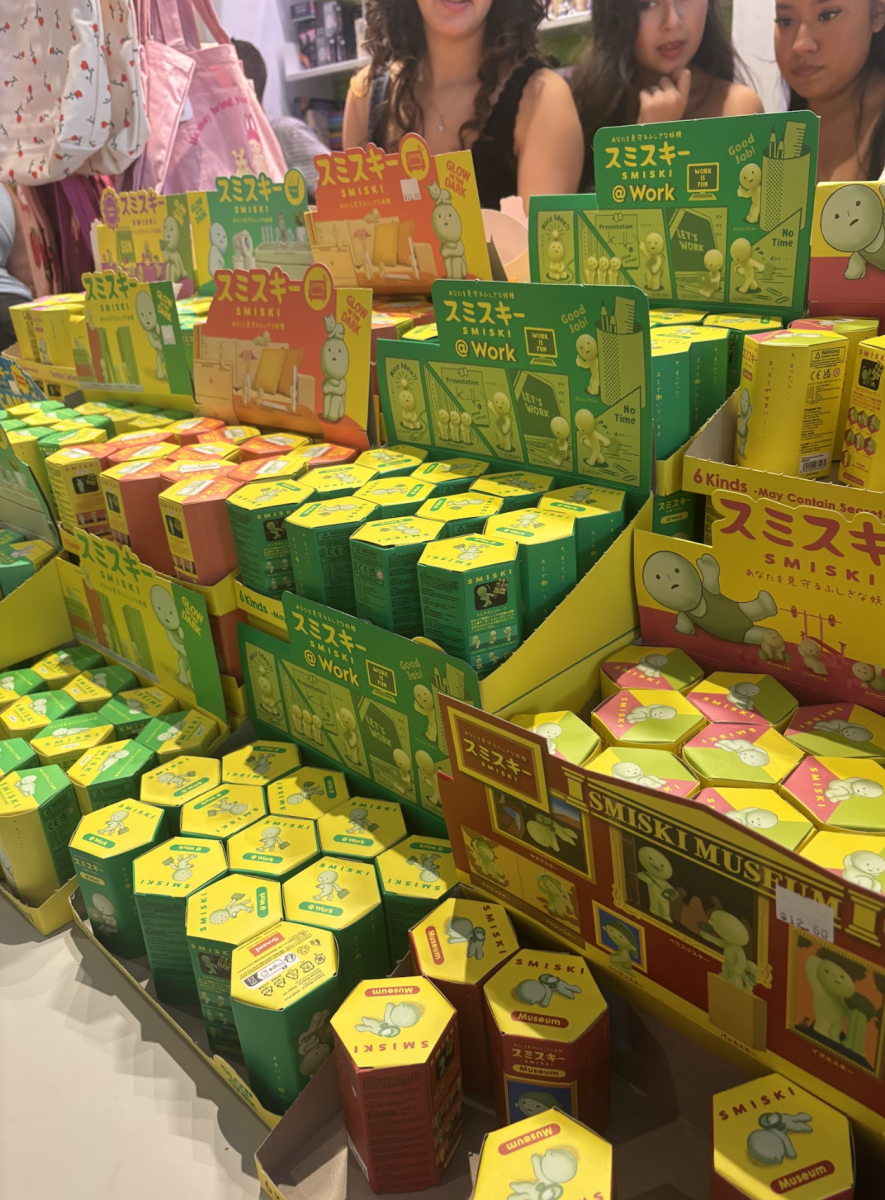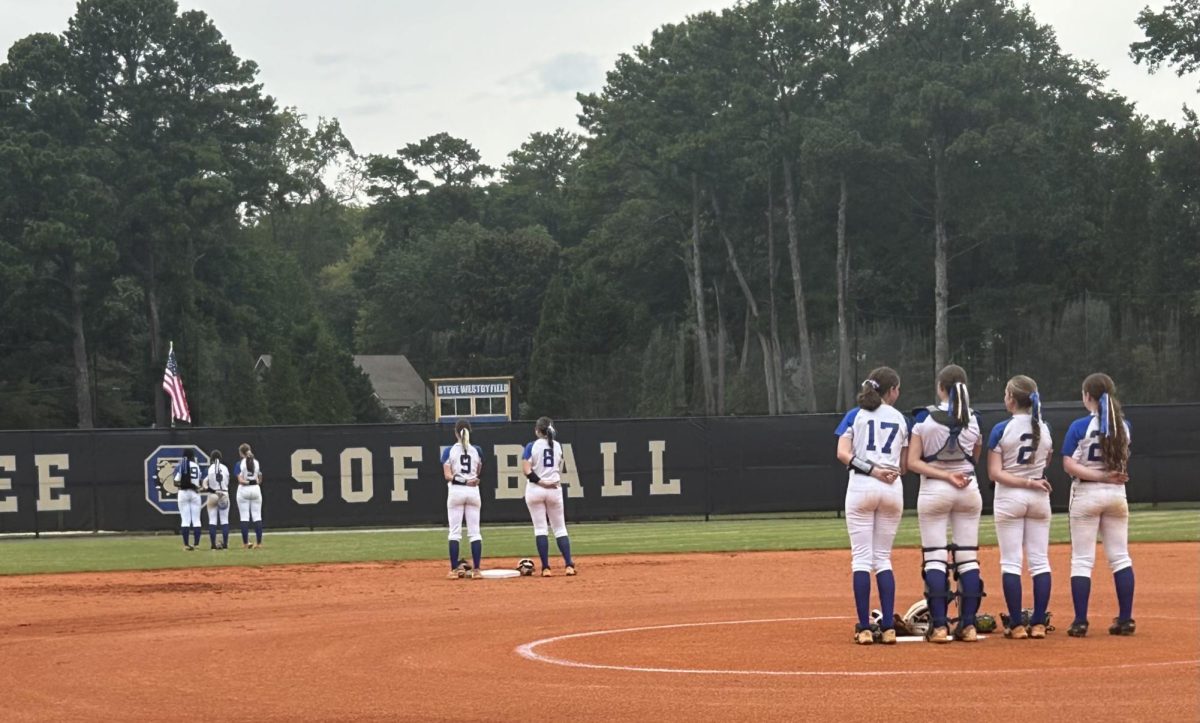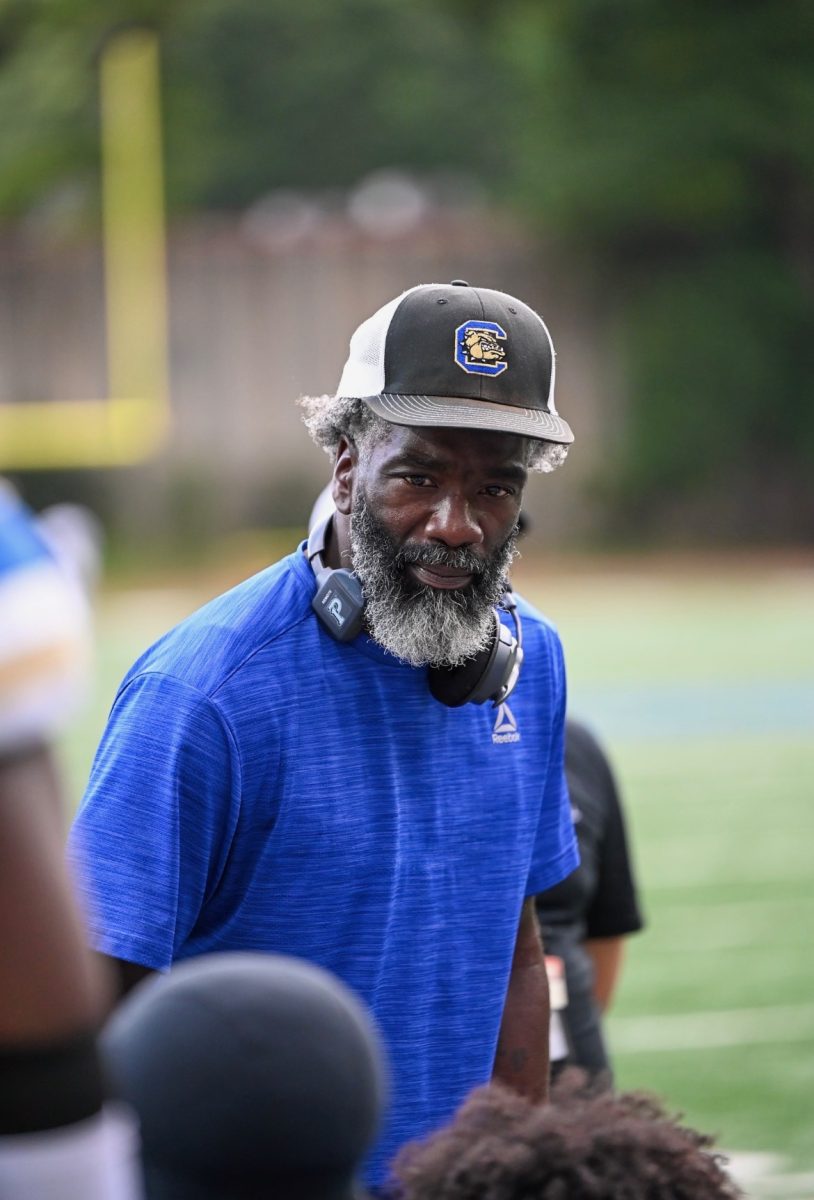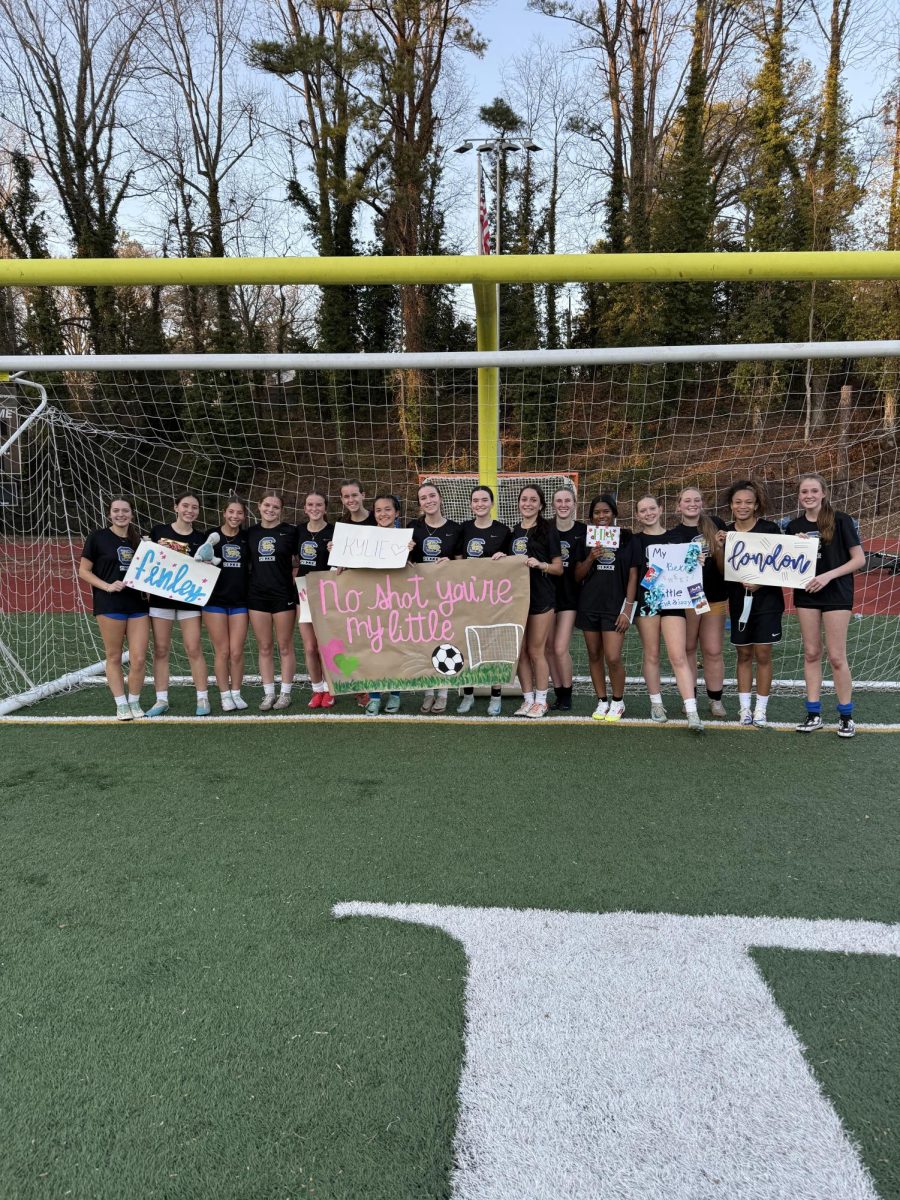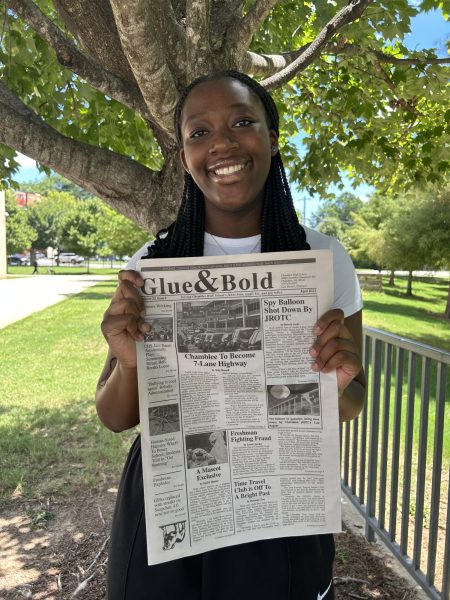Recently, the NCAA has ruled that volleyball players can contact the ball more than once in a single attempt on the team’s second contact. When a player contacts the ball more than once in a single attempt it is considered a double. If the contact gets sent over the net, the fault will be called. There is currently a lot of controversy surrounding a double and the new rule passed by the NCAA. As a volleyball player myself, I have come to realize the multiple opinions on this new rule. I personally believe this rule is great and will benefit players.
First of all, the call of a double is the most subjective call in volleyball. This is because there is no definite way to determine a double without the use of camera replays. Currently, referees call doubles based on the spin of the ball which means that some refs will call the slightest spin as a double and others will not call a double at all. By taking out the call of a double, more players would be able to set the second ball if the setter gets the first touch. This will also make the game more competitive since the rule promotes continuation of plays, rallies can go on longer.
Currently, the main reason that athletes and coaches are against this call is because they feel it takes away from the art of setting. Coaches work with their setters for months and years to perfect players’ sets, but by taking away the double call, setters don’t really have a reason to maintain the same level of play, setting wise. However, this is not the case. Setting a double will never give any team an advantage. As I’ve been playing volleyball for some years now, hitting a double is never easy. It means hitters have to adjust to the ball more and work to hit a spinning ball. Hitting a clean set with no spin is much easier to contact and produces better results from the hitters. This means that the work for setters will not be for nothing, hitters still prefer to contact a clean set.
Another part of the NCAA’s rule is that if double contact is on the ball that is sent over the net, it will be called. This will also force setters to want to set their hitters more and motivate them to have sets with no spin because it will ultimately be called as a fault if sent over the net. Even though double contacts are allowed on the second touch, sets can still be called for a lift, carry, or another fault.
As an AAU athlete, this new rule can be frustrating at times because of the ref’s inconsistency with double calls. My team and I have noticed that while this new rule does not apply to us, there are instances where referees apply these new rules to us, which isn’t fair. At our tournament last weekend, we saw many doubles that the refs did not call. This included a few sets from our setters that were doubles but refs did not call them as faults and the play continued.
In conclusion, the new NCAA double contact rule marks a significant shift in the sport of volleyball. While some may have concerns over how fair it is, the benefits definitely outweigh the drawbacks. As the game continues to evolve, this rule will undoubtedly lead to more thrilling plays and rally’s.






